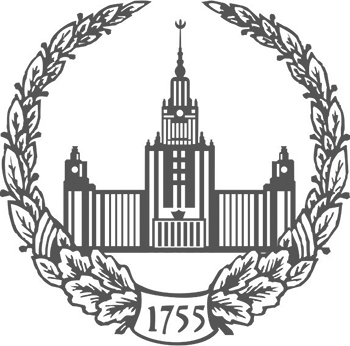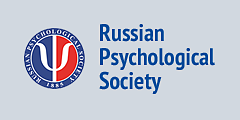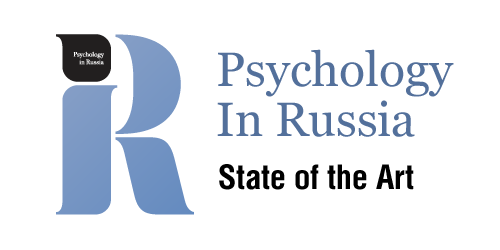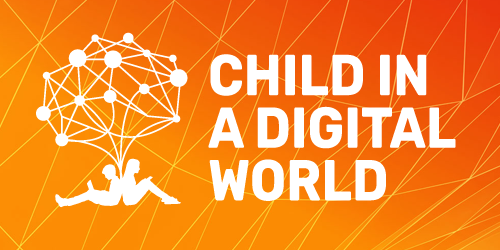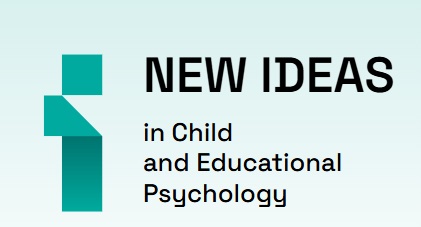Articles
-
Negative Informational and Psychological Impact as a Determinant of Stagnation of Professional and Personal Development in Representatives of Law Enforcement AgenciesLomonosov Psychology Journal, 2024, 3. p.207-227Read more2365
-
On the Possibilities of Regulating Cognitive Activity by Older PreschoolersLomonosov Psychology Journal, 2024, 3. p.182-206Read more1625
-
Developing and Testing “Emotional Attitude to Dangerous Situations” Technique for Adolescents and Youth with Intellectual DisordersLomonosov Psychology Journal, 2024, 3. p.150-181Read more1525
-
General Decision-Making Style: Testing the Russian-Language Modification of the GDMS QuestionnaireLomonosov Psychology Journal, 2024, 3. p.123-149Read more2417
-
The Relationship of Psychological and Somatic Well-Being in PatientsLomonosov Psychology Journal, 2024, 3. p.105-122Read more1735
-
Body Image in Adolescent Girls with Different Body Mass Index Having Gynecological DiseasesLomonosov Psychology Journal, 2024, 3. p.85-104Read more1679
-
Brain Mechanisms for Concept Formation Based Exclusively on the Visual ModalityLomonosov Psychology Journal, 2024, 3. p.56-84Read more1322
-
Factors Influencing Students’ Motivation and Academic Performance: The Role of Parental Control and Autonomy SupportLomonosov Psychology Journal, 2024, 3. p.33-55Read more2567
-
Quality of Life, Attitude to the Disease, Commitment to the Treatment of Patients with Chronic TonsillitisLomonosov Psychology Journal, 2024, 3. p.11-32Read more1313
-
Teachers’ and Psychologists’ Attitude to a Toy: the Historical Dynamics of Value Orientations in RussiaLomonosov Psychology Journal, 2024, 2. p.316-350Read more1693
-
How do Children Choose Toys and are These Choices Associated with Developmental Outcomes?Lomonosov Psychology Journal, 2024, 2. p.292-315Read more2354
-
Different Types of Professional Effectiveness and Professionally Important Qualities in Police Officers Recommended for Higher Position (the Example of Arkhangelsk)Lomonosov Psychology Journal, 2024, 2. p.265-291Read more2602
-
Validation of the Well-being Manifestations Measurement Scale (WBMMS) on a Sample of Russian StudentsLomonosov Psychology Journal, 2024, 2. p.243-264Read more3224
-
Testing a Set of fMRI Paradigms to Detect the “Covert Cognition” Phenomenon on a Sample of Healthy VolunteersLomonosov Psychology Journal, 2024, 2. p.219-242Read more1670
-
Neuropsychological Analysis of the Structure of Ravens’s Coloured Progressive Matrices Test in Children 6–9 Years OldLomonosov Psychology Journal, 2024, 2. p.201-218Read more2687


